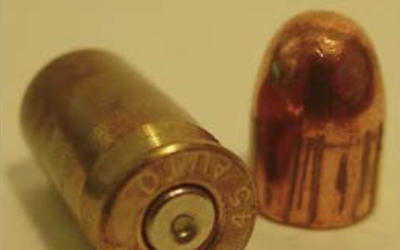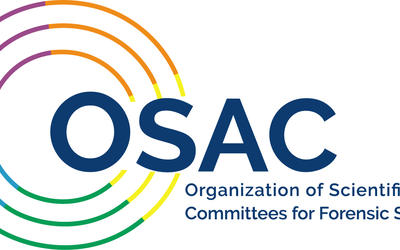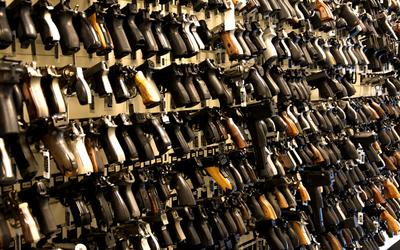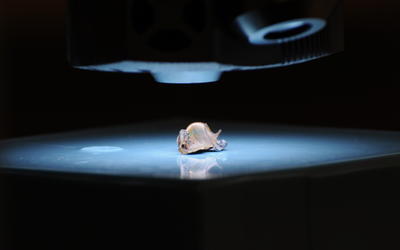What is forensic ballistics?
Forensic ballistics involves the examination of evidence from firearms that may have been used in a crime. When a bullet is fired from a gun, the gun leaves microscopic marks on the bullet and cartridge case. These marks are like ballistic fingerprints. If investigators recover bullets from a crime scene, forensic examiners can test-fire a suspect’s gun, then compare the marks on the crime scene bullet to marks on the test-fired bullet. The examiner will then assess how similar the two sets of marks are and determine if the bullets are likely to have been fired from the same gun or different guns. Cartridge cases are compared in the same way.
What we do
For roughly a century, forensic ballistics experts have been comparing bullets and cartridge cases by visually examining them under a split-screen microscope. After comparing the bullets, the examiner can offer an expert opinion as to whether they match but cannot express the strength of the evidence numerically.
NIST scientists are developing methods that will allow an examiner to attach an objective, statistically meaningful measure of certainty to their testimony. We also produce the NIST Standard Bullet and the NIST Standard Cartridge Case. These aren’t real bullets or cartridge cases, but precisely manufactured replicas of fired bullets and cartridge cases with known ballistic fingerprints. Crime labs use these standards to calibrate their instruments, which helps ensure that their examinations produce accurate results.







